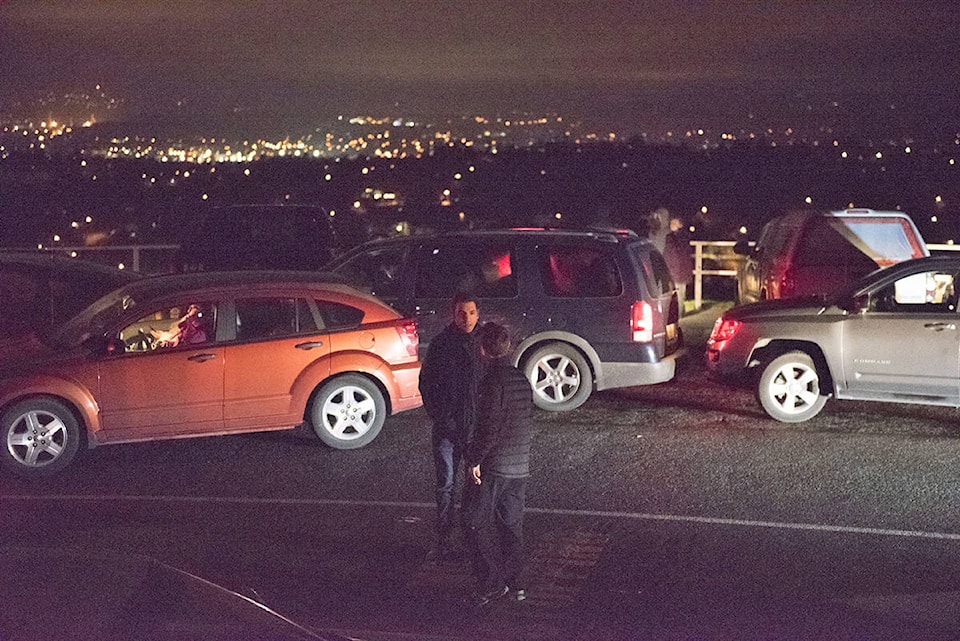To those who ascended Mount Tolmie in the wee hours of Tuesday morning, we applaud you. Your sense of urgency and safety goes above and beyond. From all accounts, the tone of conversation atop the hill was of concern and safety.
There’s no shame in seeking higher ground. After all, it’s about survival. No doubt, others rushed to the safety of the Malahat, as many did in 2012 when Victoria was under a tsunami alert following the 7.7 magnitude Haida-Gwaii earthquake.
However, it’s a good time to remind ourselves that we only need to get about four metres above sea level to be safe, said Capt. Maegan Thompson of Saanich’s emergency services program. Thompson spent Wednesday slammed with public inquiries on the basics, such as where to go, and what is needed in case of a disaster.
Many residents that slept through Tuesday morning’s warning were upset by a lack of sirens or phone alerts. But we stand behind our emergency personnel in their decision to not sound the alarms and incite mass panic across the region.
In low lying coastal areas in Colwood and View Royal – and else where in the region – emergency crews went door-to-door alerting residents that could have potentially been at risk, even though the chances of a wave actually hitting the Island were miniscule.
Emergency command centres sprang up and reception areas for those affected were opened – all hours before any wave was predicted to hit the region and without one ever being spotted. Some would argue it was overly cautious, others say it was not enough.
There’s a fine line in any emergency situation and given the information available at the time, emergency personnel have to make some tough decisions.
But this incident is a good reminder for all of us to be ready, with ideally two emergency kits ready to go at all hours – one to stay-at-home, with enough food and water for seven days, and a mobile kit for evacuation, preferably in a backpack.
